Techniques and Materials
- Guide Number3 Guides
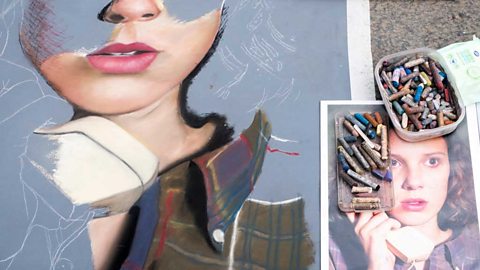
- Guide Number2 Guides
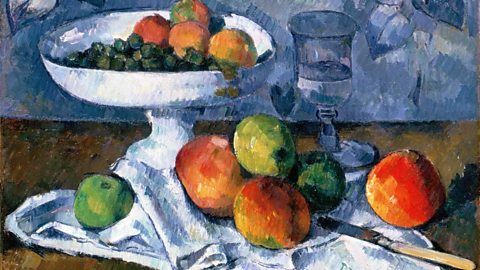
- Guide Number4 Guides
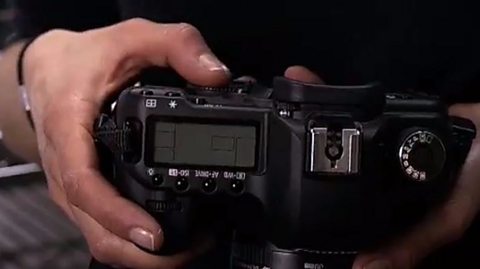
Printmaking - Eduqas
Printing in art is transferring ink or paint from a design onto a surface. There are many techniques for printing – these can be used for different results, including fine art, textiles and advertising.
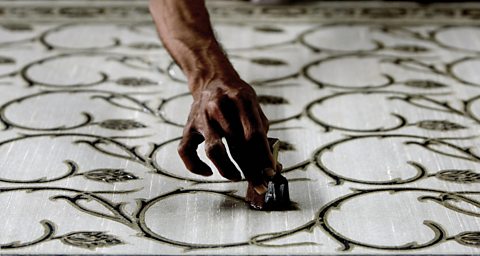
- Guide Number4 Guides

- Guide Number3 Guides
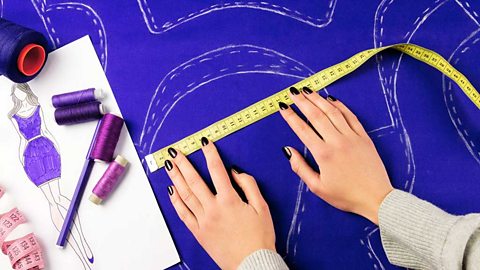
- Guide Number2 Guides
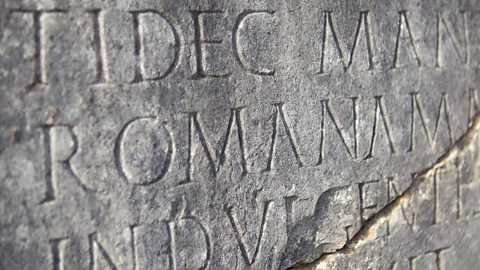
Portfolio and External Assessment
Finding inspiration - Eduqas
Artists and designers look for inspiration to use as a starting point for their creative projects. Many artists and designers find inspiration in the work of others.
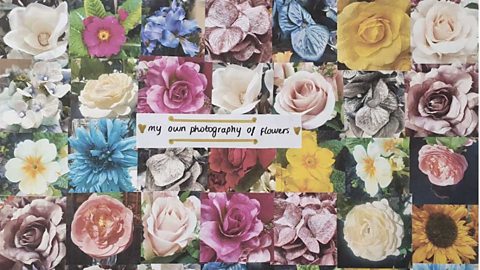
Responding to stimuli - Eduqas
Artists and designers find stimuli in the world around them or research a particular topic to find stimuli. They use this material to help them generate a personal creative response in their work.

Analytical drawing - Eduqas
Artists use analytical drawing techniques to explore and record their subject matter. Designers also often use analytical drawing to investigate the visual qualities of their sources of inspiration.
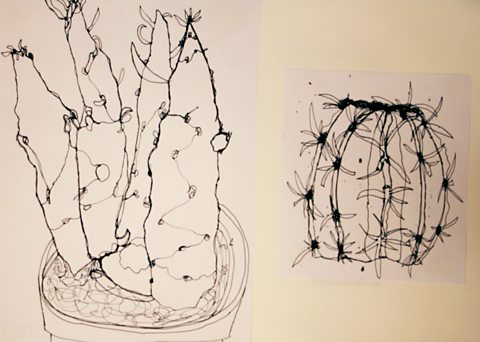
Developing ideas - Eduqas
Developing ideas is part of the creative process for artists and designers. By exploring and refining ideas, effective decisions can be made about the final piece of artwork or design solution.
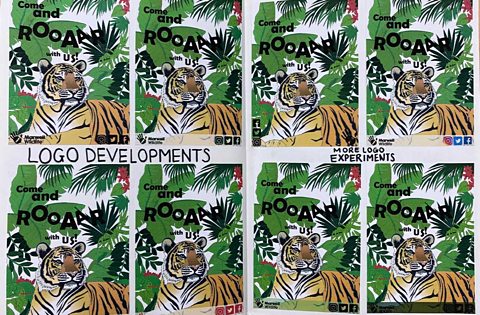
Creating a design brief - Eduqas
Designers use a brief to give them guidance and focus. A brief helps define the design problem and gives details on important considerations and constraints.
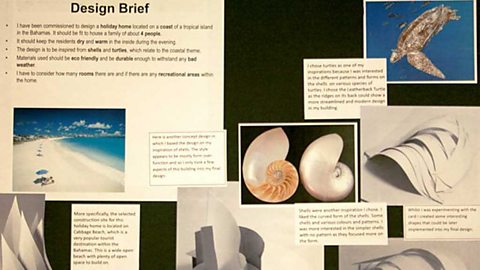
Experimenting with materials and techniques - Eduqas
Artists and designers use a variety of materials and techniques for different purposes and to create different effects.
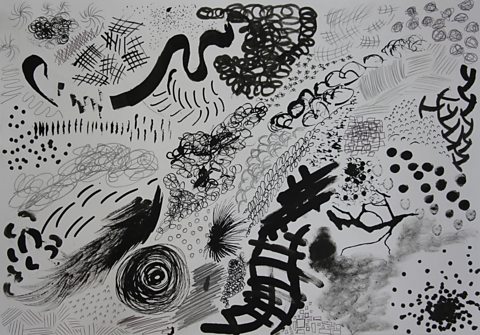
Recording and observing - Eduqas
Recording your ideas, observations and insights will help your creative process. You can do this visually, through writing or by using other media.
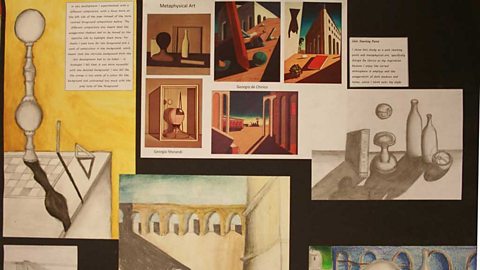
Annotating your work - Eduqas
Annotation means writing key information alongside your work. It can help to record your thoughts, keep your development on track and let others know what you have done and why.
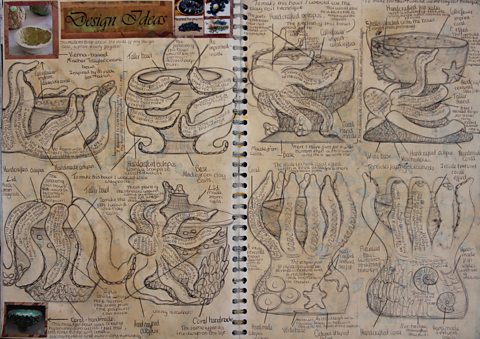
Analysing and evaluating - Eduqas
Artists and designers often record ideas they have for artworks and designs. They will note down observations as they go so they can analyse and evaluate the effectiveness of the work produced
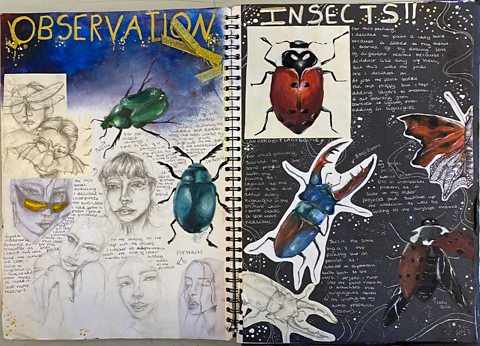
Assessment objectives and presenting your work - Eduqas
To effectively present your project you need to show how you have developed ideas, refined your work, recorded your process and created a personal and meaningful response.
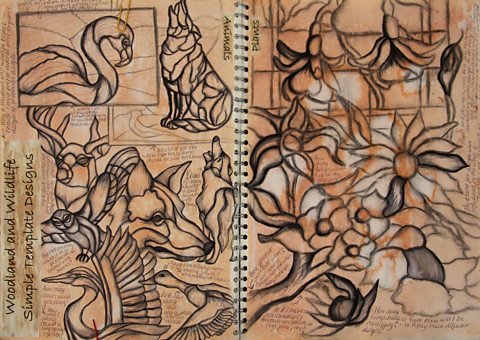
Externally set assessment - Eduqas
There is no written exam for GCSE Art & Design – instead there is a portfolio and an externally set assignment. Learn what this assignment involves, how to prepare for it and how it is marked.
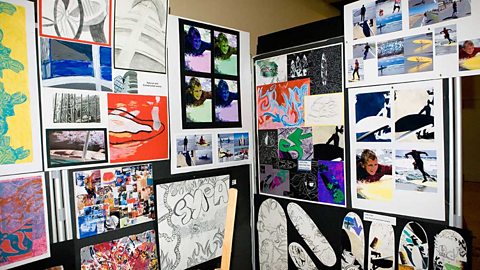
Elements of Art
Line - Eduqas
Lines are used by artists and designers to describe objects, add detail or create expression. Lines define an artwork and reveal the artist’s techniques.
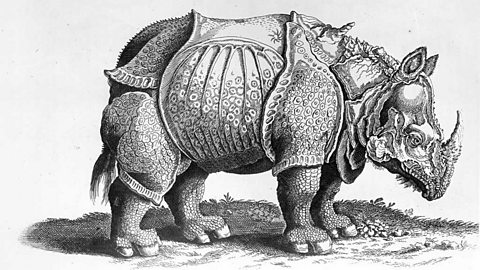
Colour - Eduqas
Choices of colour and the relationships between colours have a huge influence on how a piece or art or design looks and feels and the emotions it provokes.

Tone - Eduqas
Tone means how light or dark something is. The tones artists and designers use and the contrast between them can create very different moods and visual effects.

Shape - Eduqas
Shapes are two-dimensional. Positive shapes represent solid objects and negative shapes show the surrounding space. Geometric shapes are perfect and regular. Organic shapes are irregular and natural.
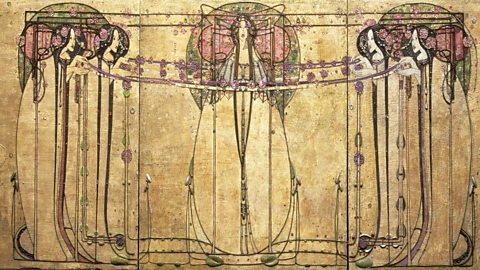
Form - Eduqas
Form refers to three dimensional objects. While shapes have two dimensions (height and width), forms have three dimensions (height, width and depth).

Space - Eduqas
Three-dimensional work creates real space. Two-dimensional works can create implied space using artistic technique. Objects take up positive space, while negative space is the empty space around them.
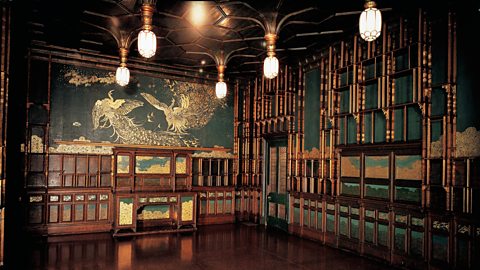
Texture - Eduqas
Artists and designers can use actual texture in their work or they can suggest how something feels using techniques that imply texture.
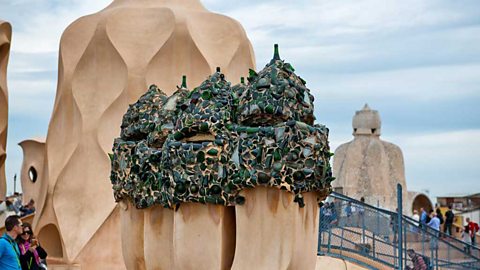
Pattern - Eduqas
A pattern is a design in which lines, shapes, forms or colours are repeated. The part that is repeated is called a motif. Patterns can be regular or irregular.
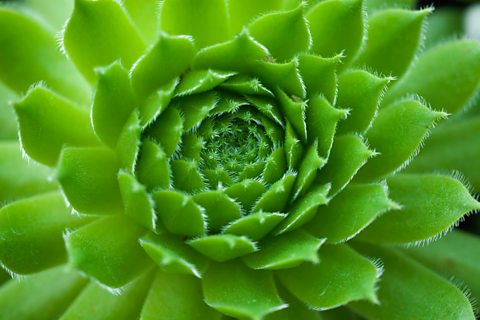
Principles of Design
Balance - Eduqas
The arrangement of elements in a composition can create balance or imbalance. Three key ways to create balance are through symmetry, asymmetry and radial symmetry.

Emphasis - Eduqas
Emphasis is what makes part of a composition stand out. Artists and designers can emphasise something by altering its position or using converging lines
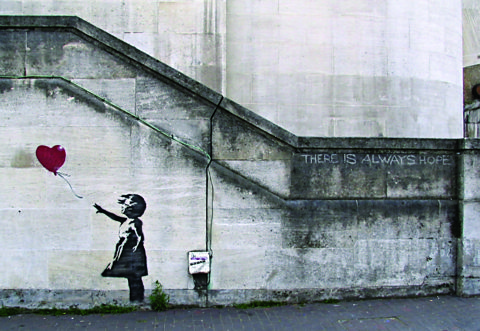
Proportion - Eduqas
Proportion describes the relationship between the dimensions of different elements. Scale refers to an artwork’s size and how parts of a composition relate to each other.

Unity - Eduqas
Unity refers to how different elements of an artwork or design work come together and create a sense of wholeness. It can be achieved through proximity, simplicity, repetition and continuation.

Variety - Eduqas
Variety refers to how artists and designers add complexity to their work using visual elements. Contrast, difference and change, and elaboration all add visual interest to an artist’s work.

Rhythm - Eduqas
Rhythm refers to how elements are repeated or how they change and develop. Rhythm can be described as either regular, flowing or progressive.
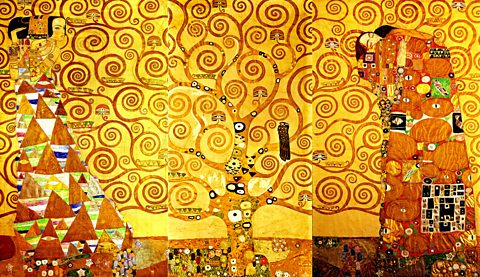
Links
- External linkExternal link
- External linkExternal link
- External linkExternal link
- External linkExternal link